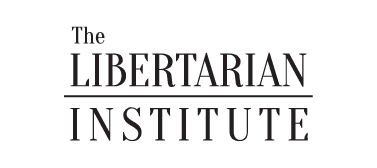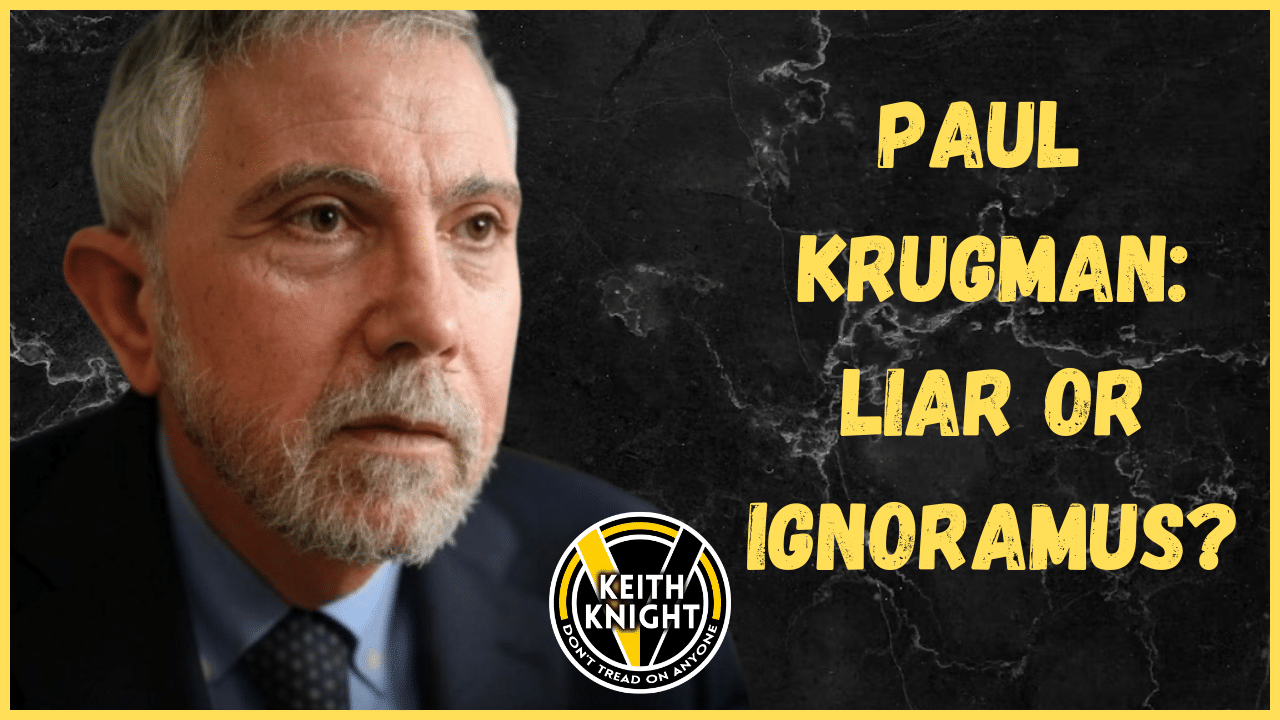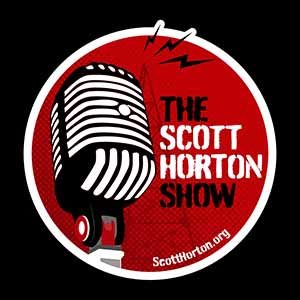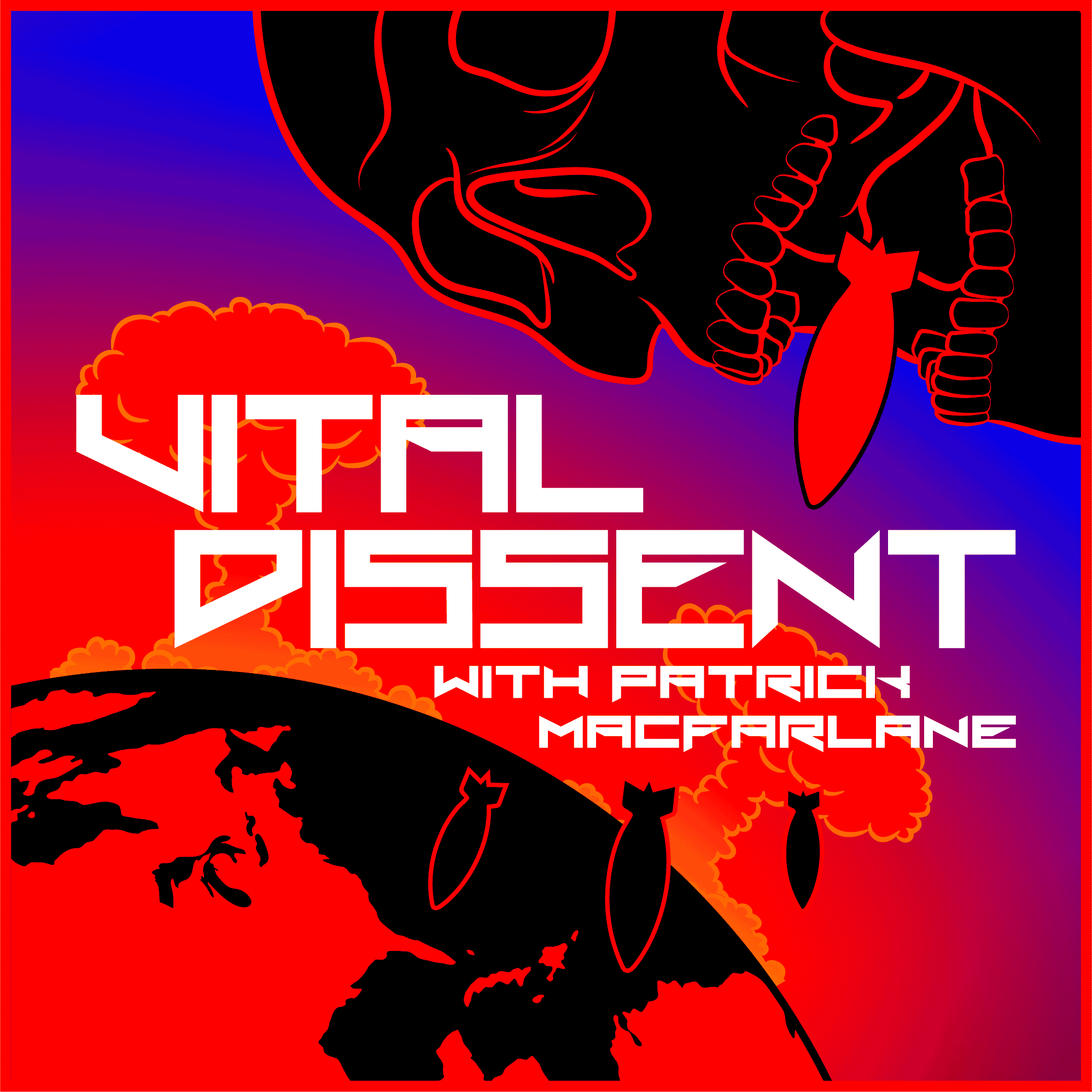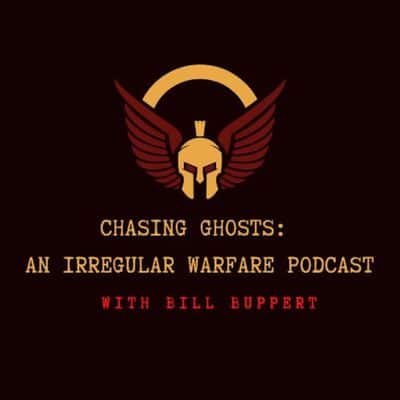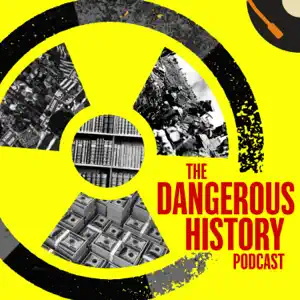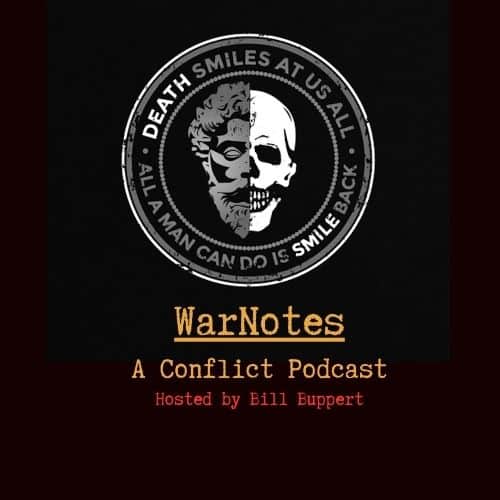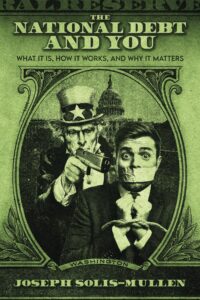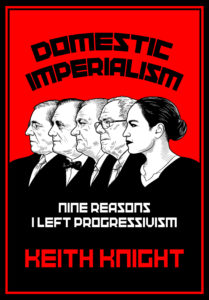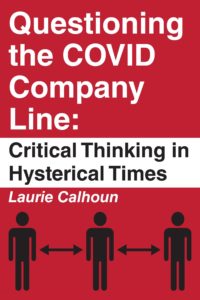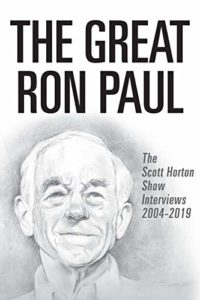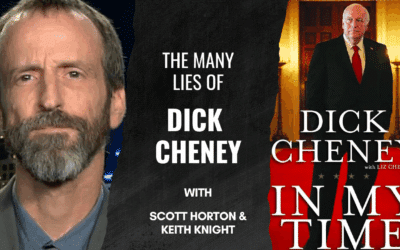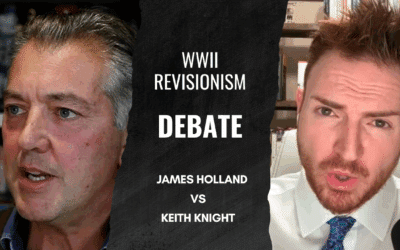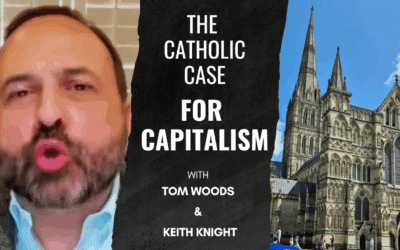Here, in a very simple summary, is what the Austrian theory says:
1) Interest rates can come down in two ways: a) the public saves more; or b) the central bank artificially forces them down.
2) Businessmen respond to the lower interest rates by starting new projects. The projects tend to be those that are the most interest-rate sensitive-in particular, they occur in the so-called higher-order stages of production: mining, raw materials, construction, capital equipment, etc. Production processes farthest removed in time from finished consumer goods, in other words.
3a) If the interest rate is lower because of natural causes-e.g., increased saving-then the market works smoothly. People’s deferred consumption provides the material wherewithal for businesses’ new investment projects to be seen through to completion.
3b) If the interest rate is lower because of artificial causes-e.g., the manipulation by a central bank-then these projects cannot all be completed. The necessary resources to complete them have not been saved by the public. Investors have been misled into production lines that cannot be sustained.
4) Imagine a home builder who believes he has 20 percent more bricks than he actually has. He will build a different kind of house than he would if he had an accurate count of his brick supply. (Assume he can’t buy any more.) The dimensions will be different. The style may even be different. And the longer he goes without realizing his error, the worse the eventual reckoning will be. If he finds out his error only at the very end, he’ll have to tear down the whole (incomplete) house, and all those resources and labor time will have been squandered. Society will be that much the poorer.
5) The economy is like the home builder. Forcing interest rates lower than the free market would have set them makes economic actors act as if more saved resources exist than actually do. Some portion of their new investment is malinvestment-investment in lines that would have made sense if the saved resources existed to sustain and complete them, but which do not make sense in light of current resource availability.
6) The housing boom is a classic example of this theory in action. Artificially low interest rates misdirected enormous resources into home construction. We now know that was unsustainable. There were only so many $900,000 homes that the public, which had been saving very little, was in a position to buy.
7) The sooner the monetary manipulation comes to an end, the sooner the malinvestment can be shaken out and misallocated resources redirected into sustainable lines. The longer we try to prop things up, the worse the inevitable bust will be. The home builder in our example would have been much better off if he had discovered his error sooner, because far fewer resources would have been irrevocably squandered. The same goes for the economy at large.
Watch on Rumble
Watch on BitChute
Watch on Odysee
Watch on X
Podcast: Play in new window | Download
